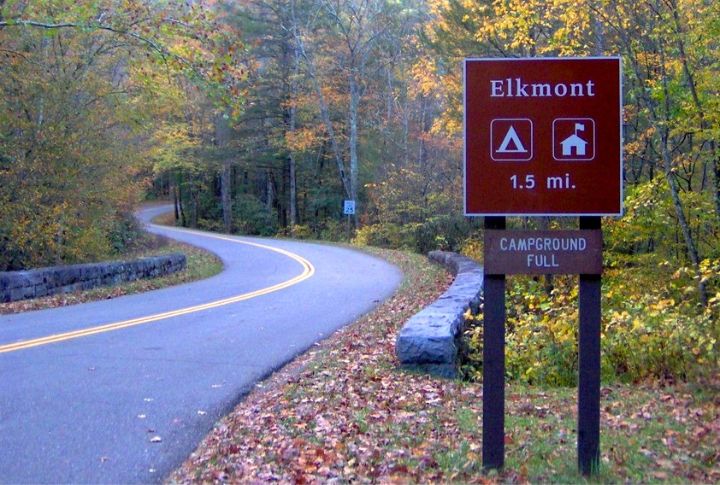
What once attracted people to a place can often be the very thing that drives them away. Roads change, rules evolve, and gradually, memories begin to outnumber visitors. These locations didn’t intend to fade away, but time had its own course. Keep reading to explore ten U.S. destinations that, once thriving, are now largely forgotten by most travelers.
Salton Riviera, California
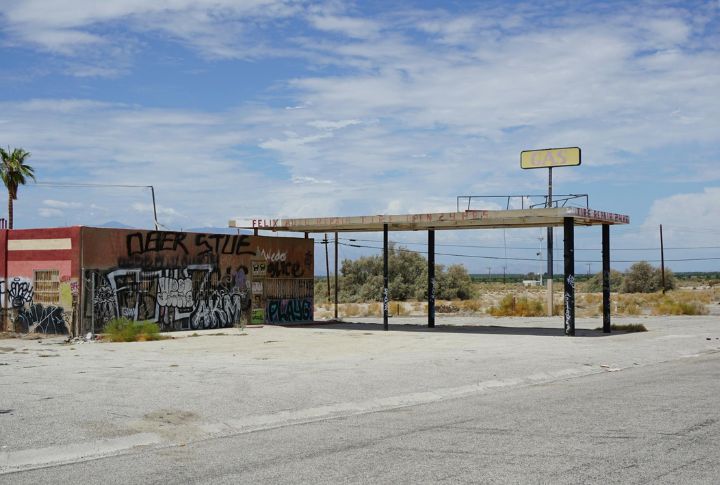
Developers in the 1950s dreamed of turning it into the next Palm Springs. With water sports and celebrities, it seemed destined for fame. But rising salt levels led to dead fish on the shore, and soon, investors abandoned the project. Now, decaying resorts are left to weather the sun.
Elkmont, Tennessee
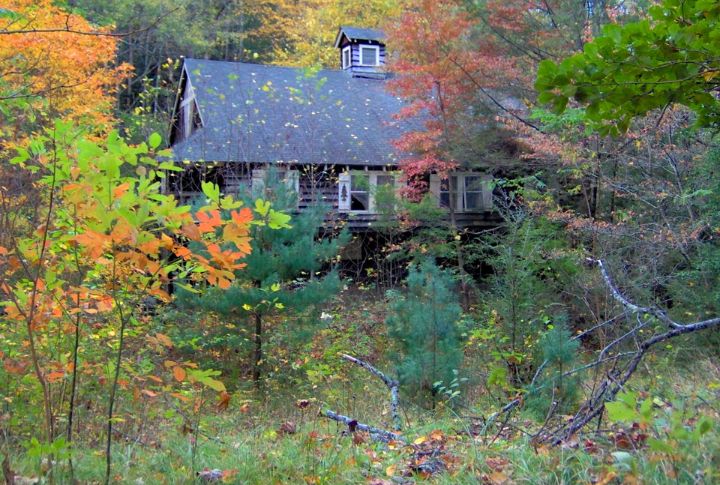
Elkmont began as a vacation village in the Great Smoky Mountains, thriving in the early 1900s. When the national park was formed, the cabins remained briefly. However, once the leases expired, families departed, and the forest began to reclaim the land.
Centralia, Pennsylvania
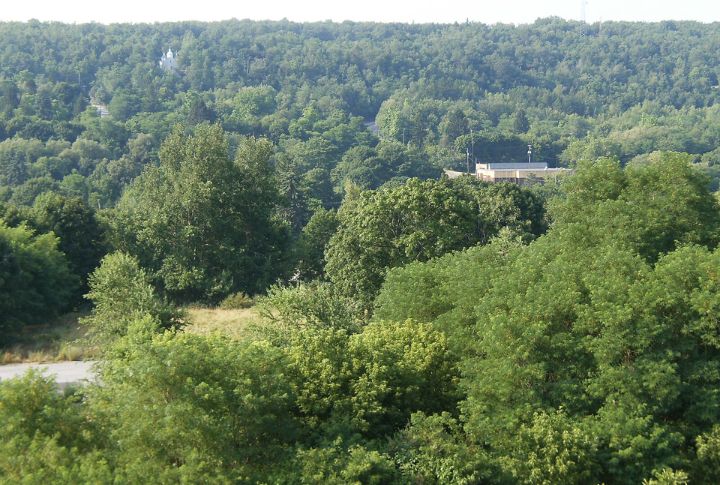
A fire ignited in a coal seam beneath Centralia in 1962—and it’s still burning today. Smoke seeped through cracks in the earth, forcing families to leave their homes. The government eventually intervened, shutting down the town. Only a few people still live here, and the main road is left abandoned, falling apart.
Dogpatch USA, Arkansas
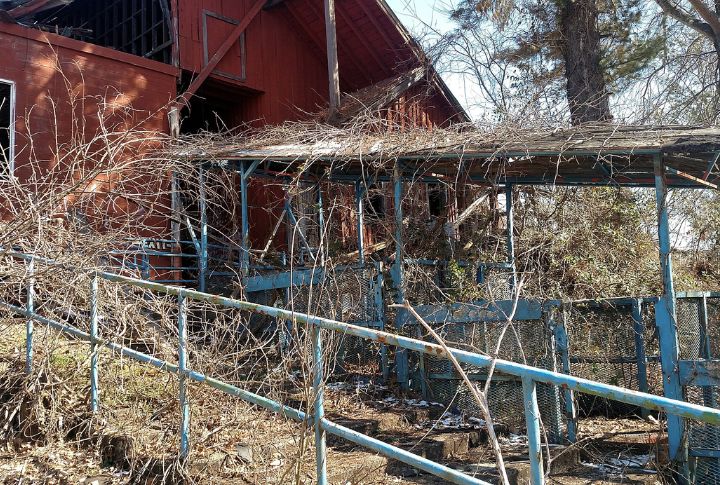
What’s now an overgrown, quiet lot was once home to a theme park inspired by Li’l Abner. Launched in 1968, it featured offbeat rides and a hillbilly motif. Over the years, attendance declined and funding dwindled. The park officially closed in 1993 due to financial strain and lack of interest.
Kennecott Mines, Alaska

In 1900, a copper strike gave rise to a booming mining town in the remote wilderness. For nearly four decades, it thrived—until the industry collapsed in 1938. The exodus was swift: workers disappeared and machinery was abandoned. Today, rusted beams and weathered shafts stand as echoes of its industrial past.
Glenrio, Texas/New Mexico Border
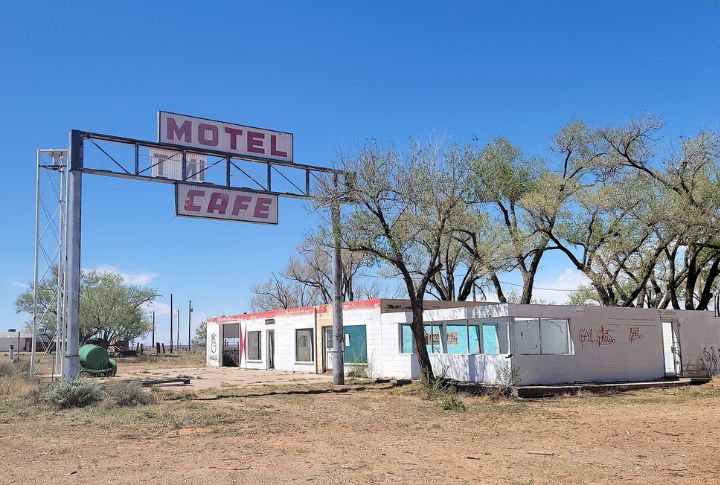
Once booming with Route 66 travelers, Glenrio buzzed with diners and motels. Then Interstate 40 bypassed it. Travelers no longer stopped as businesses continued to collapse. Now weeds burst through motel floors and cars rust where they stalled. Preservationists document the decay, hoping to save remnants of this once-iconic roadside town.
River Country, Florida
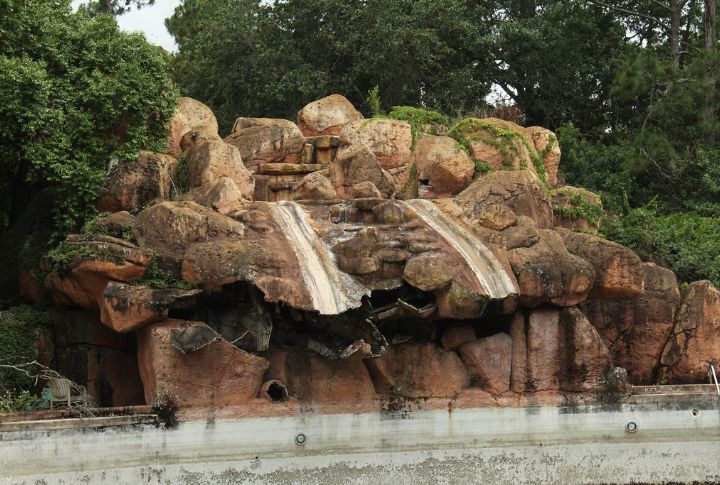
Now quiet and overgrown, this abandoned park was once Disney’s first water attraction. Launched in 1976, it drew crowds with its natural pools and Southern flair. However, new water laws, growing competition, and health concerns led to its permanent shutdown in 2005.
Cairo, Illinois

Cairo, once a bustling hub where two great rivers meet, fell into decline as racial tensions flared and industries disappeared. Businesses shut down, buildings decayed, and an unsettling quiet settled in. The city never regained its population or the vibrant spirit it once held.
Six Flags New Orleans, Louisiana
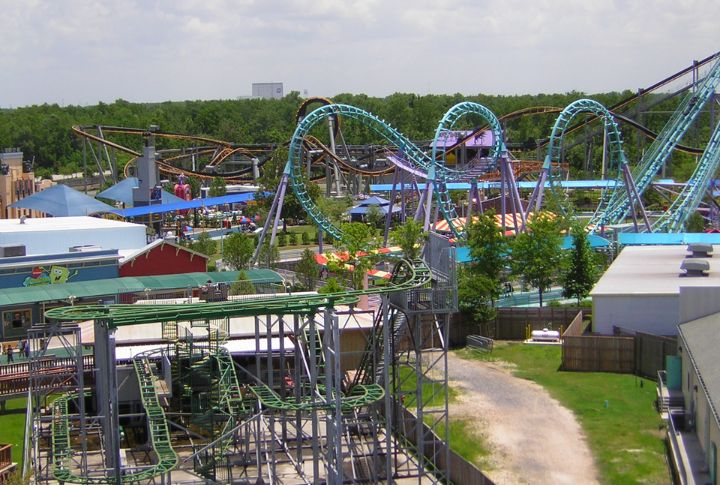
Hurricane Katrina hit the park in 2005 and left behind serious structural damage. Engineers deemed repairs too expensive, and revitalization never gained traction. Though the rides sit quietly under rust and weeds, the site sparks occasional buzz. Locals still dream of a comeback—even if unofficial.
Drawbridge, California
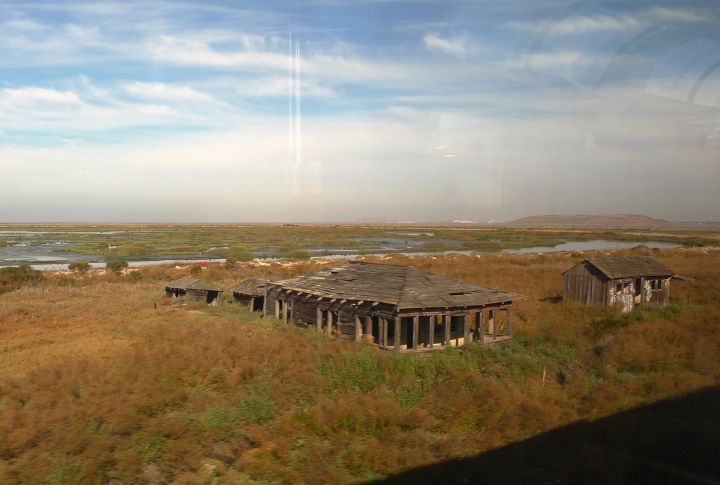
This village originated as a duck-hunting outpost in the 1800s before attracting weekenders and fishermen. Over time, rising water levels and eroding land caused buildings to lean and collapse. With no way in, visitors stopped arriving. The train still cuts through, but the bay slowly consumes the remains.

